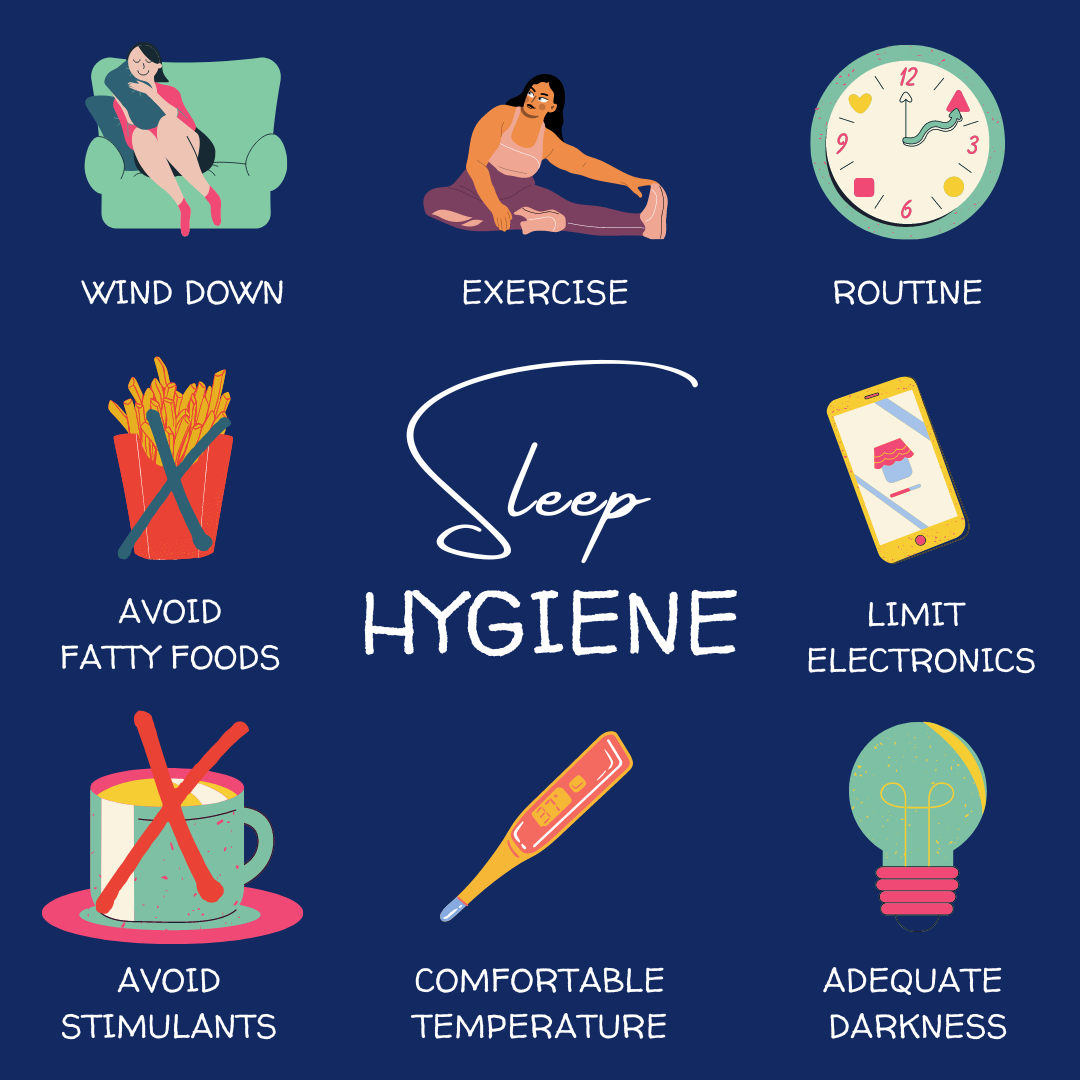Wearable Fitness Trackers for Performance Metrics: The Ultimate Guide
Introduction to Wearable Fitness Trackers
Wearable fitness trackers have become increasingly popular in recent years, providing users with valuable data about their physical activity and health. These devices are designed to track various metrics, such as steps taken, distance traveled, calories burned, heart rate, and sleep patterns. They can be worn on the wrist, clipped to clothing, or even attached to shoes. In this article, we’ll explore the benefits of wearable fitness trackers and how they can help you achieve your fitness goals.
The Benefits of Wearable Fitness Trackers
One of the main benefits of wearable fitness trackers is that they provide users with real-time feedback on their physical activity. This can help you stay motivated and accountable, as you can see your progress and make adjustments to your workout routine as needed. Additionally, wearable fitness trackers can help you set and achieve specific fitness goals, such as increasing your daily step count or improving your sleep quality.
The Science Behind Wearable Fitness Trackers
Wearable fitness trackers use a variety of sensors and algorithms to track your physical activity and health metrics. For example, an accelerometer measures your movement, while a gyroscope measures your orientation. These sensors work together to provide you with accurate and reliable data about your physical activity and health. Additionally, wearable fitness trackers use machine learning algorithms to analyze your data and provide personalized insights and recommendations.
The Different Types of Wearable Fitness Trackers
There are many different types of wearable fitness trackers on the market, each with its own set of features and capabilities. Some popular options include fitness bands, smartwatches, and clip-on trackers. Fitness bands are worn on the wrist and typically have a small display that shows your metrics. Smartwatches are more advanced, with larger displays and additional features such as GPS and music playback. Clip-on trackers are small, lightweight devices that can be attached to your clothing or shoes.
The Importance of Proper Usage
While wearable fitness trackers can be highly effective, it’s important to use them properly to get the most out of them. This includes wearing the device correctly, syncing it with your smartphone or computer regularly, and charging it as needed. It’s also important to set realistic fitness goals and use the data provided by your wearable fitness tracker to make informed decisions about your workout routine.
The Future of Wearable Fitness Trackers
As wearable fitness trackers continue to evolve, we can expect to see more advanced features and capabilities. For example, future devices may be able to track additional health metrics, such as blood pressure and oxygen saturation. Additionally, wearable fitness trackers may become more integrated with other health and wellness technologies, such as smart scales and nutrition tracking apps. Overall, wearable fitness trackers are a valuable tool for anyone looking to improve their physical activity and health. Read more about Wearable fitness trackers for performance metrics


